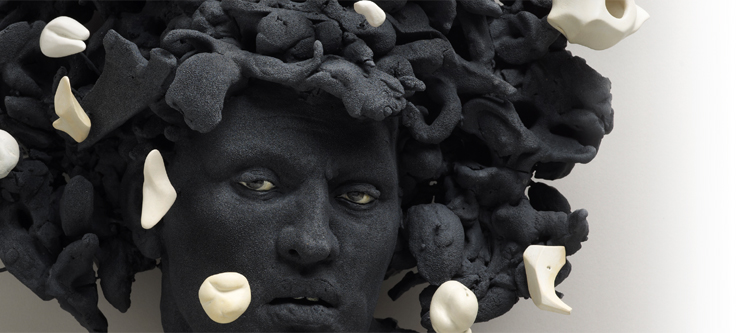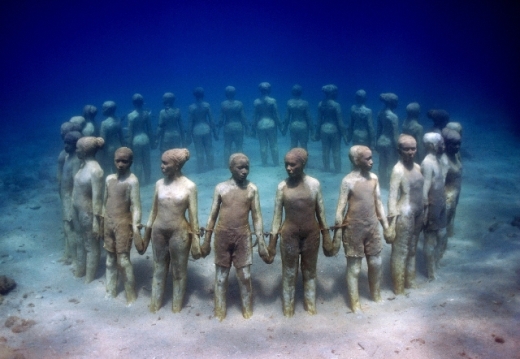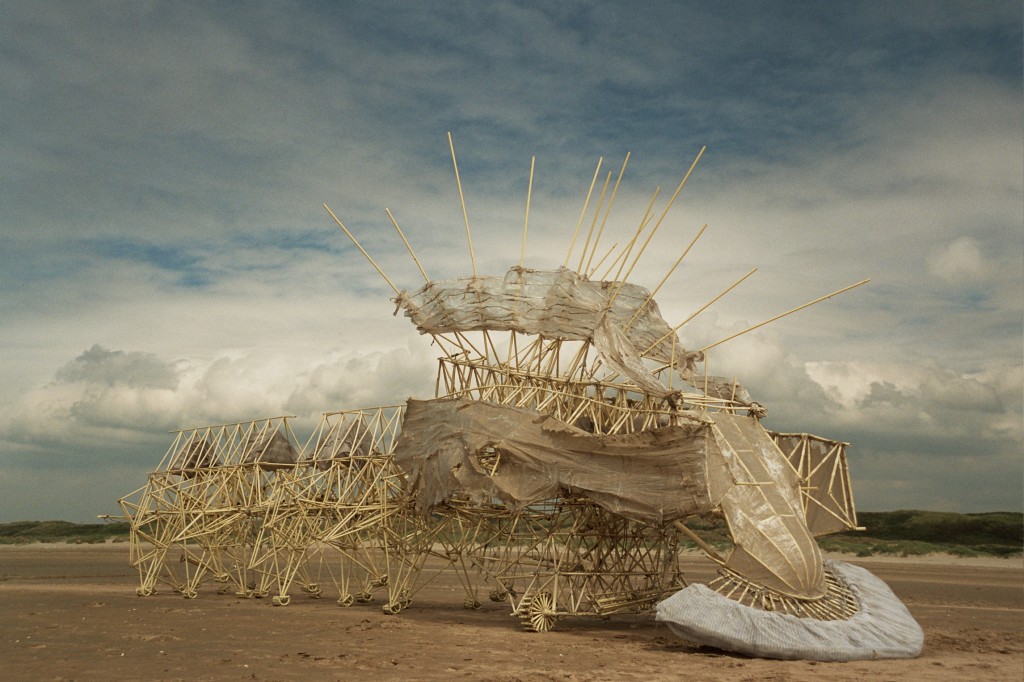Noted mathematician, Marston Morse once said “Mathematics are the result of mysterious powers which no one understands, and which the unconscious recognition of beauty must play an important part. Out of an infinity of designs a mathematician chooses one pattern for beauty’s sake and pulls it down to earth.” Ahh, enter Bathsheba Grossman…
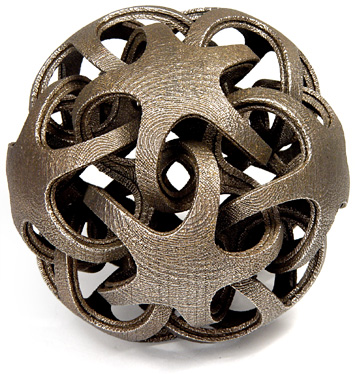
Part scientist, part mathematician, part programmer, part sculptor; Bathsheba Grossman creates once impossible works of geometric beauty.
To hear Bathsheba describe her work, one might suspect that she spent her personal hours in the math or comp-sci labs while attending art school. She is a delightful techno-geek whose discourse and description are technically precise and scientific in nature. Her creations are inspired by mathematics and brought forth into the world in their complete forms. No, not from the brow of Zeus, but rather through the combination of two modern technologies, namely three dimensional computer modeling and three dimensional metal printing.
Though she is now a dedicated full time artist, her past employment has included work as a programmer, college professor, tech writer, typist, and web designer.
Her design concepts often come from her work with clay models, though she sometimes begins with known mathematical shapes. Still other times, she conceives of an idea in her head and reproduces her vision directly via coded computer scripts which she imports into her 3D modeling software.
Bathsheba compared her use of 3D metal printing to the use of 3D plastic printing which has been in common industrial use for several years: “using some of the same processes [as 3D plastic printing] but with a little metal sintering added on at the end it is possible to do similar operations with metal powder. Thereby resulting in fully dense metal objects which have the strength, durability and archival nature of steel. But, can also take forms which are impossible to cast, fabricate or really make by any other means at all. So, here I am, working with objects that are impossible to make. If you show these to people who work in metal, they simply fall on the floor, because there is no way to make these things, it’s impossible! …that’s what I consider to be the most interesting new technology in metal, practically since casting was invented.”
Incidentally, I had the opportunity to test this statement. I showed this series of photographs to a local metal machinist. Bathsheba was right, his jaw dropped as he exclaimed the impossibility of creating these shapes in one continuous piece.
“They’re visions of order in the universe; my peaceful places. I feel calm and hopeful in making them.” says Grossman.
And I have the same experience in viewing them.
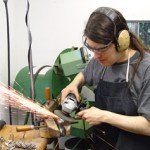
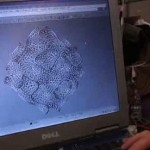
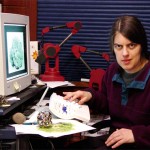
Bathsheba also works with glass utilizing sub-surface laser damage to produce 3-dimensional images in glass.
If you find this story interesting, you might also like: Theo Jansen, Kinetic Sculptor
More:
Bathsheba Grossman’s website
MakeMagazine
Ex One 3D Printing
